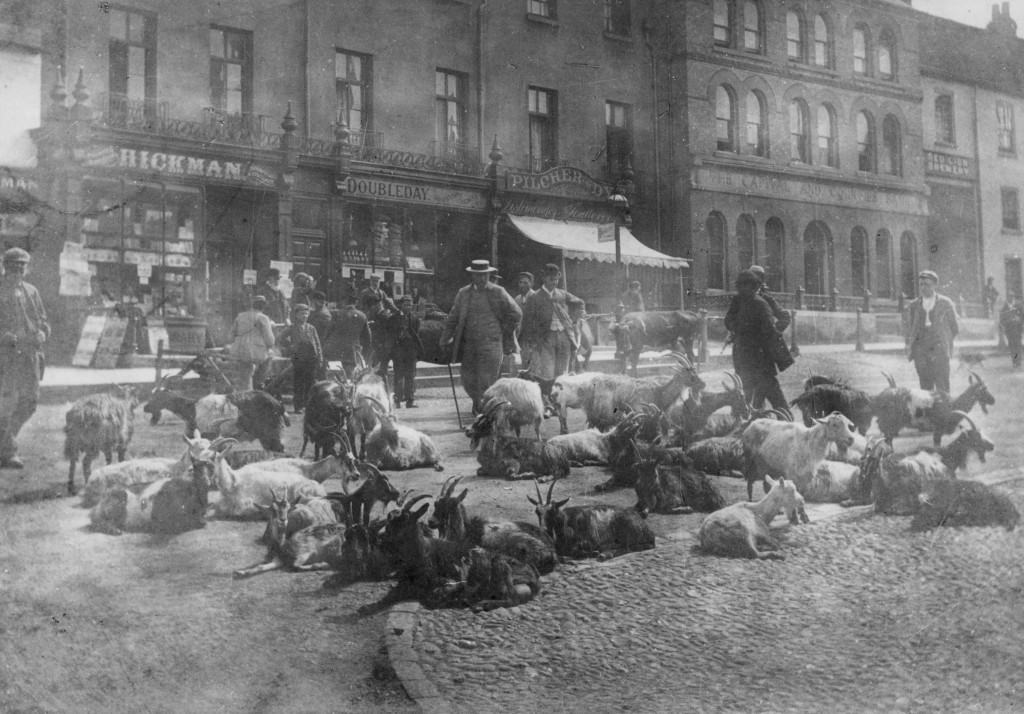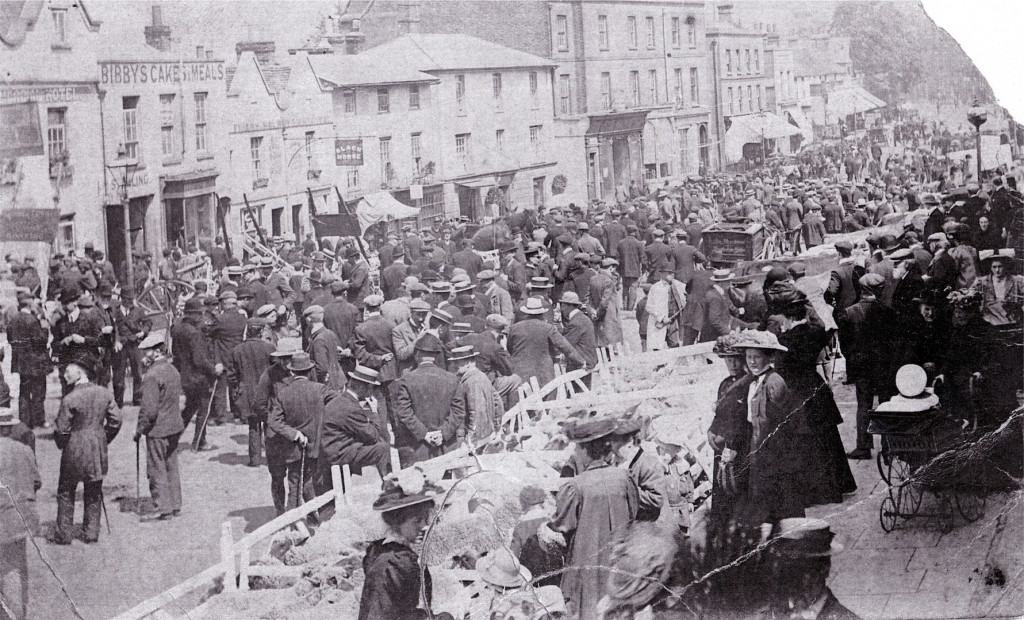
The new turnpike connected Dorking to London and the south coast, making it easier to travel. Wood and corn came up from Sussex; pigs and sheep were also driven along its route. Dorking hens were sent up to London weekly and the livestock market saw Dorking High Street filled with cattle, sheep and pigs. Access to Dorking’s market brought prosperity to farms along the route and landowners raised their rents. The turnpike brought people who could afford to travel into Dorking. With the town’s good air quality gaining a reputation, military and naval men and titled Londoners built mansions in the town.

Inns were set up to provide food, lodgings and stabling. Wheelwrights and blacksmiths traded along the route. By the 1820s the turnpike was carrying 4 local and 16 through coaches a day to London – from Horsham, Arundel, Worthing and Bognor.

However, the Guildford to Reigate road, which was still in a poor state, prevented Dorking from sharing in Guildford’s canal-based prosperity. And when newly improved roads between London and Sussex bypassed the town, the importance of its market declined. Dorking needed new – and different – money.
Last : The Turnpike Road
Next : The Country Estates

